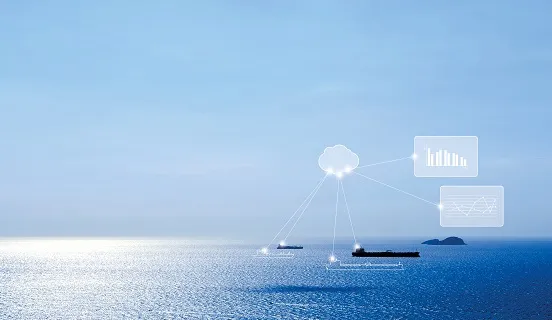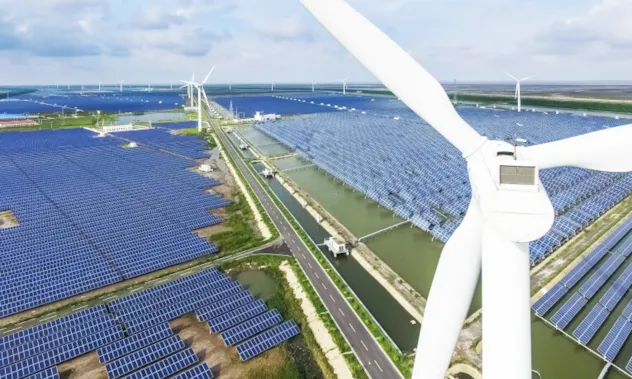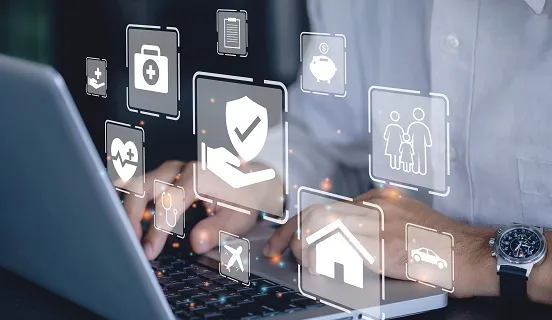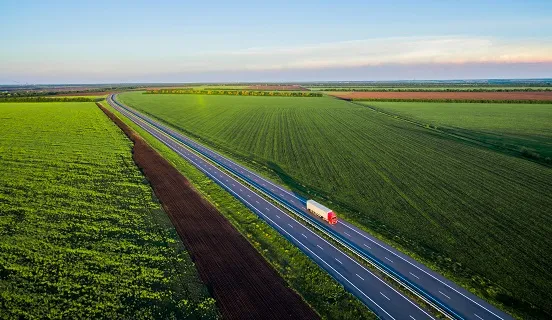Research and development
DNV invests substantially in research, development and innovation (RDI) to provide a trusted voice and value to our customers and society at large. Our Group Research and Development focuses on knowledge development and provides scientific legitimacy, thought leadership and forecasts on the world’s major transformations.The possibilities, limitation, and risks of large language models
The public release in November 2022 of ChatGPT, a large language model (LLM) from OpenAI, was met with both amazement and alarm. Since then, we have seen astonishing developments with new models and use cases popping up across all domains of society. Here, we briefly explain what LLMs and GPTs are, describe their strengths and weaknesses, and discuss the associated opportunities and risks.
Balancing the energy trilemma
Our Research Review 2022 provides an overview of the main long-term strategic research projects from this year.
ENERGY TRANSITION OUTLOOK 2023
Our annual forecast towards 2050 shows the development of energy supply and demand, technologies, infrastructure and much more - globally and in 10 world regions.

Future of Digital Assurance
We develop digital assurance capabilities and explore emerging digital technologies to shape the future of digital assurance.

Maritime
We lead into the future of waterborne transport by developing capabilities on zero carbon fuels, autonomous ship technology and exploiting maritime data.

Energy
We lead into the future of energy with our Energy Transition Outlook and develop capabilities on renewables, assurance of power systems, hydrogen and sector coupling.

Ocean Space
We shape a sustainable future for the ocean space by providing an Ocean Forecast, develop capabilities for sustainable aquaculture and exploring novel ocean value chains.

Healthcare
We develop capabilities to enable the use of health data for improving safety and quality in healthcare and to deliver assurance of novel medical technologies.

Sustainable Food Systems & Supply Chains
We leverage digital technologies to provide solutions for verifying circularity and sustainability claims as well as supply chain transparency.